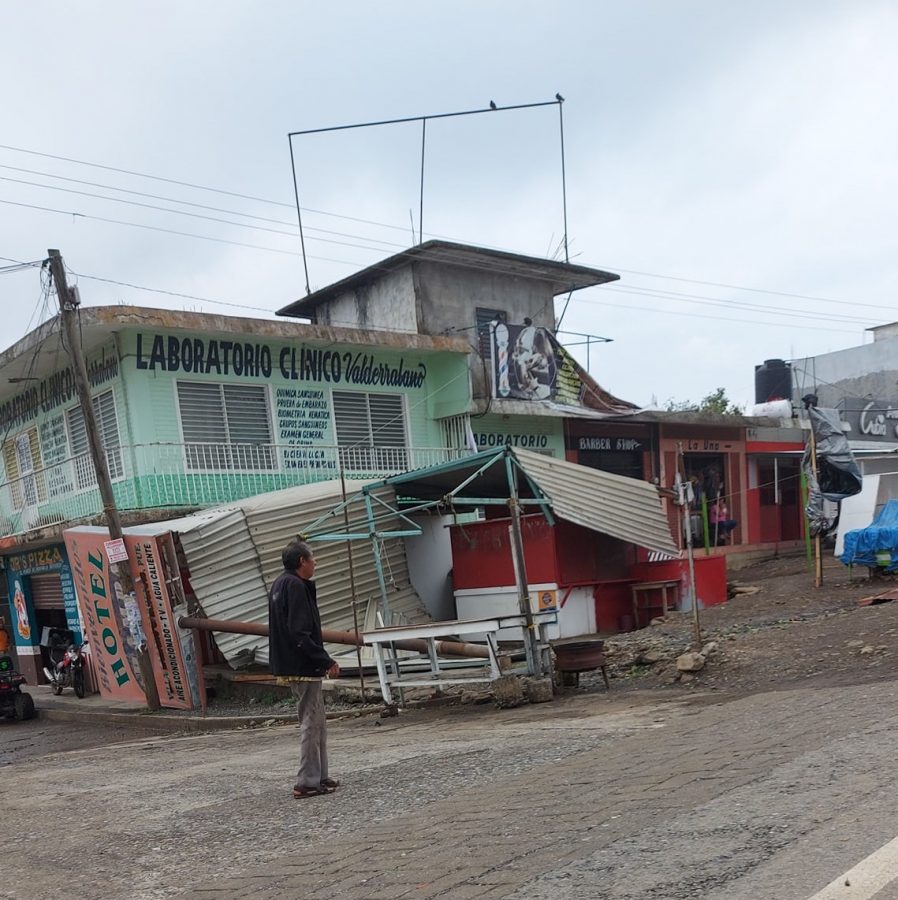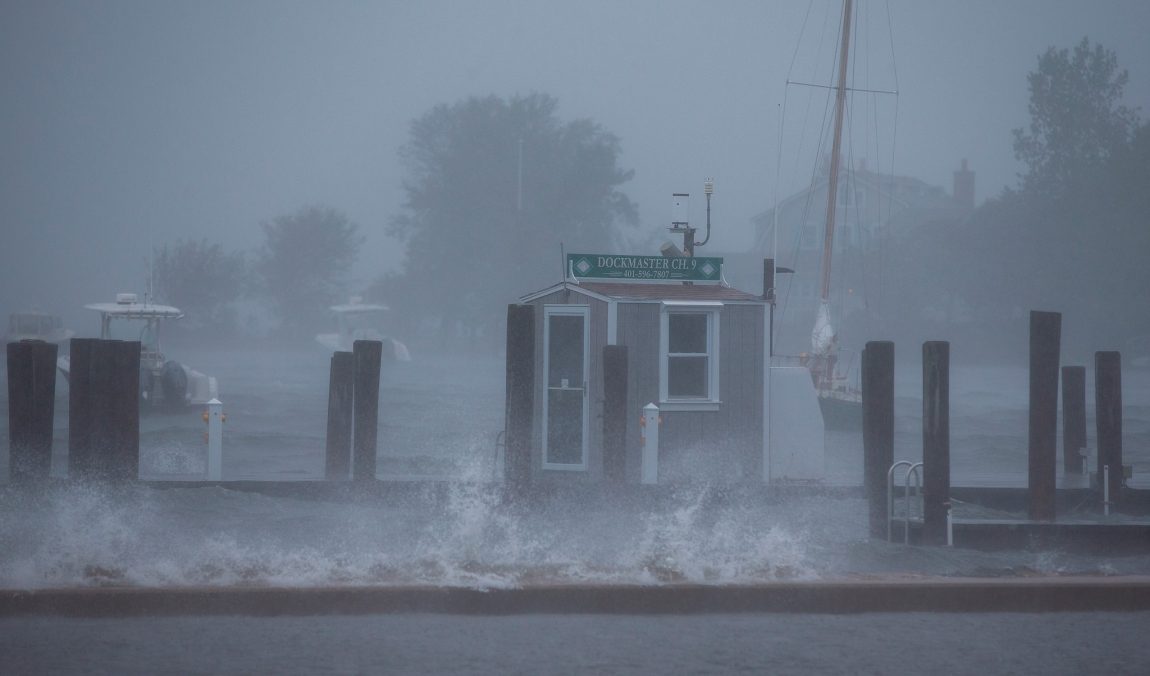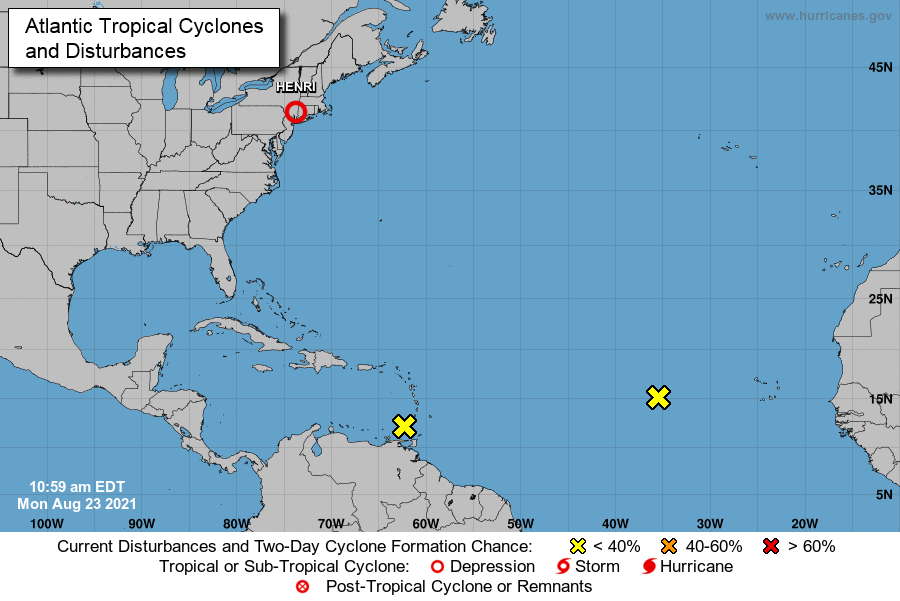
East Coast Hurricane Season Appears to Be Ramping Up
The arrival of Hurricane Henri and Hurricane Grace over this past fortnight appears to have marked the escalation of this year’s East Coast hurricane season. Although both weather systems have now been degraded to a tropical storm or depression, they still managed to cause their fair share of destruction, and in Grace’s case, death.
According to the National Hurricane Center (NHC), Grace made landfall along the coast of Mexico, near Tecolutla, just prior to 1:00 a.m. (CDT) on Saturday, August 14 (11:00 p.m. Friday PDT). As a Category 3 hurricane, her maximum sustained winds were recorded close to 125 mph, with higher gusts. By late Saturday afternoon Grace’s force had dissipated significantly, but not before she’d cut a path of destruction and left eight people dead. According to coverage in the New York Times, Grace crossed the Yucatán Peninsula as a hurricane on Thursday, “bringing strong winds, heavy rain, power failures and hundreds of evacuations.” The same storm was reported to also have been responsible for the flooding in Haiti in the preceding days. In its last advisory regarding Grace, the NHC wrote that the remnant storm will “likely move into the eastern North Pacific by Sunday afternoon, where it is likely to develop into a new tropical cyclone next week.”

On Sunday, August 16, the NHC advised that a new tropical depression had formed northeast of Bermuda and that the region was now under a tropical storm watch. Throughout the week the system developed into Tropical Storm Henri, as it approached the US mainland’s Northeast. On Friday night a storm surge watch and hurricane watch were issued for much of Long Island, Connecticut and Massachusetts including Nantucket, Martha’s Vineyard and Block Island, and by Saturday afternoon Henri was officially upgraded to a hurricane, with the NHC issuing hurricane and storm surge warnings for the entire region.
Fortunately Henri weakened just hours before making landfall at Rhode Island on Sunday. Once again a tropical storm, Henri’s destructive winds and torrential rains brought down power lines and trees and caused extensive flooding. The New York Times reported that by Sunday afternoon more than 140,000 households from New Jersey to Maine had been left without power.

Henri is now expected to track northeast toward Yarmouth, Nova Scotia, as it dwindles into a tropical depression.
Meanwhile, back in the Southern Atlantic, two new weather systems have been marked on the NHC’s maps. At this point in time, both are listed only as current disturbances, with a two-day cyclone formation forecast showing zero percent chance of developing into hurricanes.

But, as we know, weather is constantly changing, and what appears benign today could well become destructive within a short time. Always be prepared and keep a close eye on weather reports.
